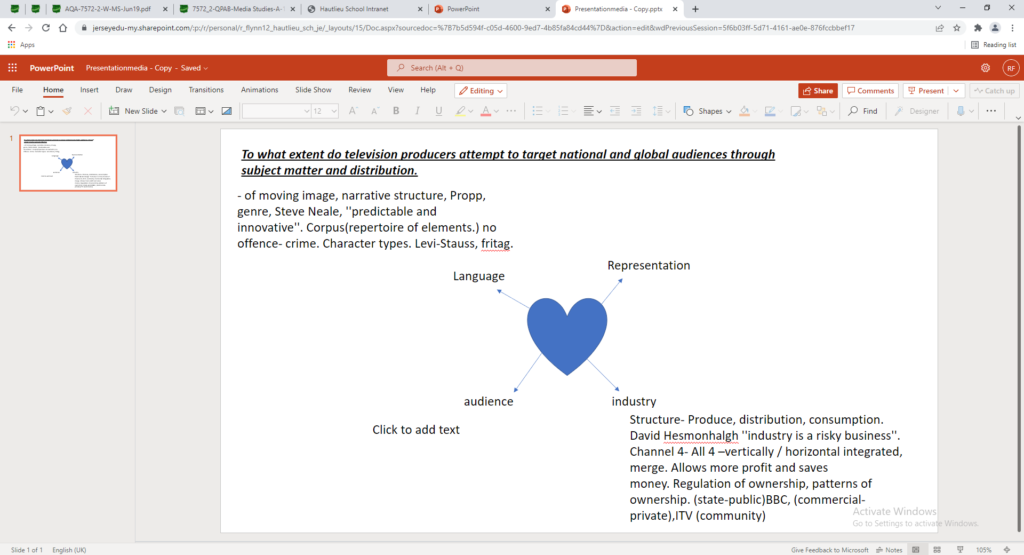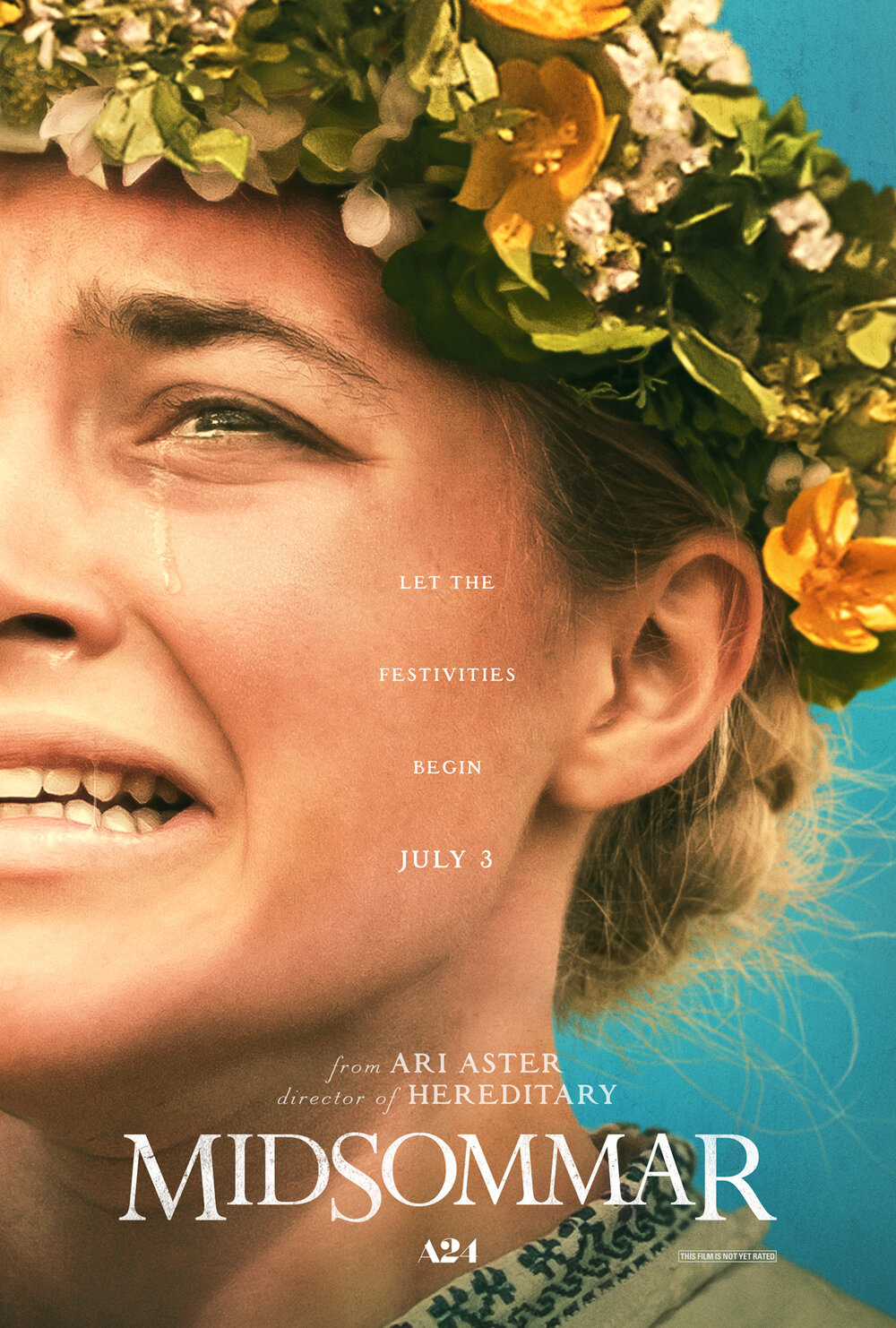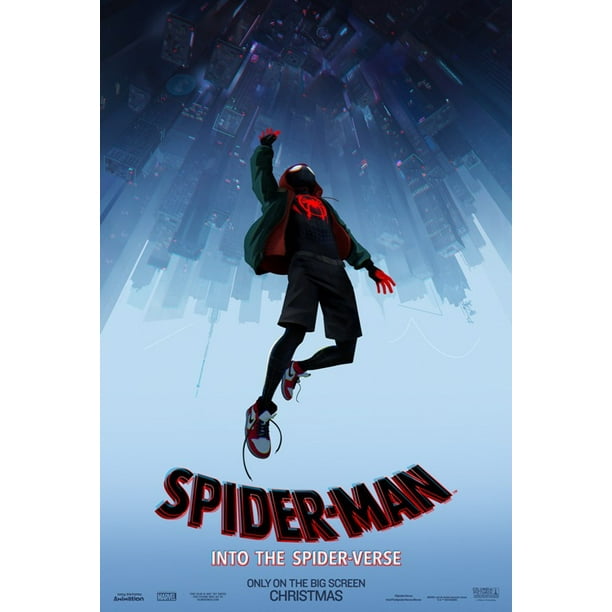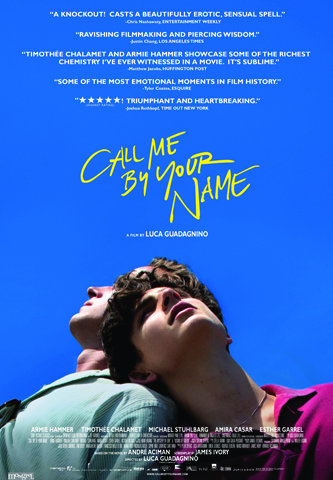



Development of the Two Step Flow model of communication, which took account of the way in which mediated messages are not directly injected into the audience, but while also subject to noise, error, feedback etc, they are also filtered through opinion leaders, those who interpret media messages first and then relay them back to a bigger audience.
Think for example, of the role of the journalist or broadcaster whose job it is to inform the public. Think further about the role of key individuals in society, teachers, doctors, trade union leaders, your boss at work, parents, friends and family all of whom are capable of exerting an influence on the process of communication, making it subject to bias, interpretation, rejection, amplification, support and change.
The distinction is this approach is rather than categorising the audience as passive consumers of messages, either directly from source, or from opinion leaders, this theory recognises the decision making process of the audience themselves. As Elihu Katz explains the Uses and Gratifications theory diverges from other media effect theories that question: what does media do to people?, to focus on: what do people do with media?
In essence, they put forward research to show that individual audience members are more active than had previously been thought and were actually key to the processes of selection, interpretation and feedback. In essence, individuals sought particular pleasures, uses and gratifications from individual media texts, which can be categorised as:
Or categorised as: diversion, personal relationships, personal identity and surveillance.
| RESEARCH PRODUCT 1 (NAME) | RESEARCH PRODUCT 2 (NAME) | MY PRODUCT | |
| UNDERSTANDING SELF | brief description here as explanation | brief description here as explanation | |
| ENJOYMENT | brief description here as explanation | brief description here as explanation | |
| ESCAPISM | brief description here as explanation | brief description here as explanation | brief description here as explanation |
| KNOWLEDGE ABOUT THE WORLD | brief description here as explanation | brief description here as explanation | |
| SELF CONFIDENCE, SELF ESTEEM | brief description here as explanation | ||
| STRENGTHEN CONNECTIONS WITH FAMILY AND/OR FRIENDS | brief description here as explanation | brief description here as explanation | |
| ANY OTHER CATEGORY OR THEME | brief description here as explanation | brief description here as explanation |
Cultural industries are different to other industries as they’re organised around money and other industries are creative industries where as the cultural industry is not.
3 different types of ownership.
Public broadcasting involves radio, television and other electronic media outlets whose primary mission is public service. In many countries of the world, funding comes from governments, especially via annual fees charged on receivers. Inform, educate and entertain.
what is the difference between private and public:
A public broadcaster is owned and supported by the general public. The TV license is paid by the general public, financing all of the general public broadcasters. A commercial broadcaster is privately owned and they finance themselves through advertisements.
channels:
The public service broadcasters are those providing Channel 3 services, Channel 4, Channel 5, S4C and the BBC. While all BBC public service television channels are PSB channels, only the main channels of each of the other public service broadcasters have this status.
Rules
Creative Freedom
In most Industries there is little to no creative freedom. You have to follow an extremely strict set of rules, and if you don’t follow those rules, you will fail in the eyes of your employer. However, in the culture industry, you have much more creative freedom to express your-self.
The Three Types of Media Ownership
‘Pivotal role in organizing the images and discourses through which people make sense of the world’

The killing
A crime series that follows the police investigation of the murder of a young girl. It interlocks three different stories.
Inspector Sarah Lund thought she was going to work one last day in Copenhagen before moving to a remote Swedish town with her boyfriend and young son. She was wrong. When a teenage girl’s body is found in a car with links to a mayoral candidate’s office, Lund begins what becomes a 20-day investigation into the murder. Each episode of this crime drama covers one day of the investigation.
Original language: DanishNo. of series: 3Created by: Søren SveistrupGenre: Crime drama; Psychological thriller; Mystery; Scandinavian noir. Networks: DR, VRT, Katholieke Radio Omroep
The series is set in Copenhagen and revolves around Detective Inspector Sarah Lund (Sofie Gråbøl). Each series follows a murder case day-by-day. Each fifty-minute episode covers twenty-four hours of the investigation. The series is noted for its plot twists, season-long storylines, dark tone and for giving equal emphasis to the stories of the murdered victim’s family and the effect in political circles alongside the police investigation.
The Killing has proved to be an international success, particularly in the United Kingdom, Germany and the Netherlands, receiving numerous awards and nominations including a BAFTA Award and an International Emmy. It has become something of a cult show. Novelisations of each series have been published by Macmillan.
No offence
A group of police officers try their best to keep the streets of Manchester free of crime. When all else fails, they decide to use unconventional methods to teach the perpetrators a lesson.
No Offence is a British television police procedural drama on Channel 4, created by Paul Abbott. It follows a team of detectives from Friday Street police station, a division of the Manchester Metropolitan Police (a fictional version of the Greater Manchester Police). The series stars Joanna Scanlan as the protagonist, Detective Inspector Viv Deering. The first series focuses on the team’s investigation into the serial murders of young girls with Down syndrome. It was renewed for two further runs. The second series of seven episodes began broadcasting on 4 January 2017, and follows the investigation into Manchester crime boss Nora Attah (Rakie Ayola). It was filmed on location in Manchester.
In the first series, DI Viv Deering is introduced as the dynamic but blunt leader of a team of detectives at a fictional police station within the ‘Manchester Metropolitan Police’. DC Dinah Kowalska misses out on promotion to DS after leaving the scene after an impetuous foot chase results in a death. She then uncovers a link between a murder, a drowning and a disappearance: someone is killing girls with Down syndrome. While negotiating different cases, the team must solve the case as more girls come into danger. The prime suspect is killed whilst fleeing arrest, but Dinah and Viv separately conclude that Viv’s husband is also involved. Viv burns the evidence and plans to kill rather than arrest him, but he is killed by Cathy whilst she and Dinah are holding him at Viv’s home. With Viv they cover up their involvement before the body is found.
The second series begins a little over a year later, as Viv returns after extended leave and attends a gang funeral, which is bombed despite the police presence.
(re: Jodie’s presentation )
The Idea of Resistance and Political Protest:
● When we first think about political protest, what comes to mind?
○ Attempts to change to laws or legislation
○ Organised political movements
○ Public protests
○ Petitions, marches
● However, we can look at political protest in terms of:
○ Cultural resistance
○ Everyday people
● Why look at cultural resistance?
○ Overt political protest is uncommon. When it occurs, it often results in a backlash.
○ Even if overt political protest does results in changes in legislation, it won’t necessarily change public
opinion.
○ Culture is what influences people’s hearts, minds and opinions. This is the site of popular change.
Key idea: the political, personal and cultural are always intertwined
cultural hegemony functions by framing ideologies of the dominant social group as the only legitimate
ideology.
Key Concepts:
● Cultural resistance
● Cultural hegemony
● Subcultural theory
Subcultural Theory: The Birmingham School (1970s)
● In the 1970s, a group of cultural theorists in Birmingham applied Gramsici’s theories to post-war
British working-class youth culture
● Looked at working class cultures like the teddy-boys, mods, skinheads, and punks – subcultures
unified by shared tastes in fashion, music and ideology.
● They argued argued that the formation of subcultures offered young working class people a solution
to the problems they were collectively experiencing in society.
lyrics for essay-
2. We staring in the face of hate again
The same hate they say will make America great again
3. Police and policies patrol philosophies of control
A cruel hand taking hold.
4. Black bodies being lost in the American dream
5. Prison is a business, America’s the company
Postcolonialism:
This post is for students (and teachers) who would like some resources – videos, quotes, theorists, key texts, key words etc to help them think about the topic of POSTCOLONIALISM, which may appear in a range of creative, media, culture, communications, English, History and other courses.
Overall, this is a topic that concerns IDENTITY and REPRESENTATION. In other words, where does our identity come from? How is our identity formed? How do we understand our own identity and how is our identity represented in the local, national and global media? You can look at another post that looks at identity, representation and the self. But here it is specifically looking at identity and representation through the lens of Empire and Colonialism.
the power to narrate, or to block other narratives from forming or emerging, is very important to culture and imperialism
Edward Said Culture and Imperialism, 1993: xiii
critically looking at culture- key figure Edward Said.
Jacques Lacan- (the other)
search for identity, theory of baby’s first time looking in the mirror is when we first feel consciousness. we see ourselves differently for how to feel inside.
Lonnie Rashid Lynn, known by his stage name Common, is an American rapper and actor. He debuted in 1992 with the album Can I Borrow a Dollar?, and gained critical acclaim with his 1994 album Resurrection. He maintained an underground following into the late 1990s.
In the 2000s Common began to land bit parts in television shows and movies. His early films included the crime drama American Gangster (2007), the sci-fi adventure Terminator Salvation (2009), and the comedy Date Night (2010).
Common earned numerous awards during his career, including Grammys for his collaborations with Erykah Badu and Kanye West on “Love of My Life (An Ode to Hip-Hop)” (2002) and “Southside” (2007), respectively. For “Glory,” a song he performed with John Legend for the movie Selma, the two artists earned a Grammy and an Oscar. In 2017 Common won an Emmy for “Letter to the Free,” which was featured in DuVernay’s documentary 13th (2016).




